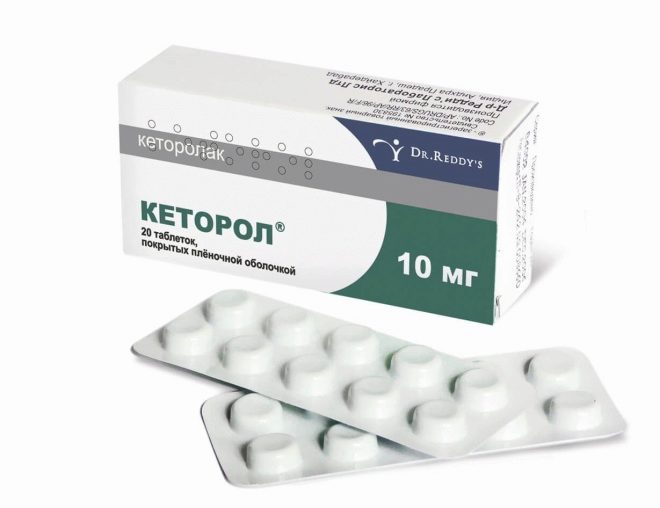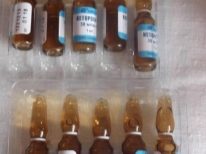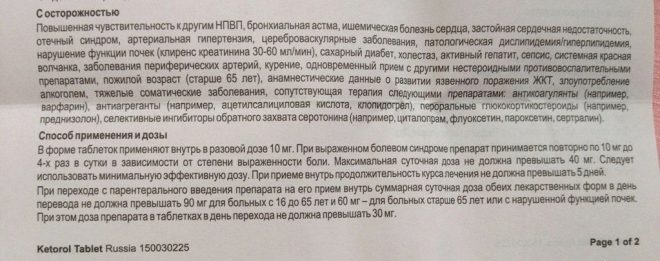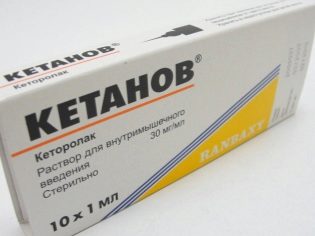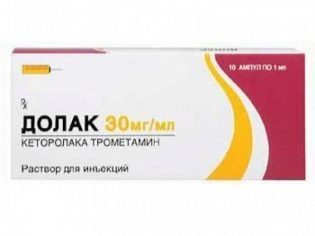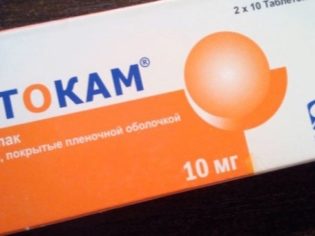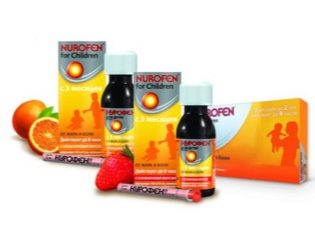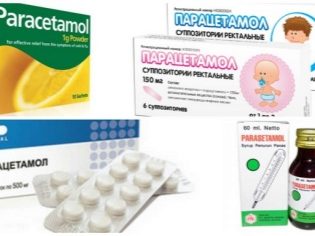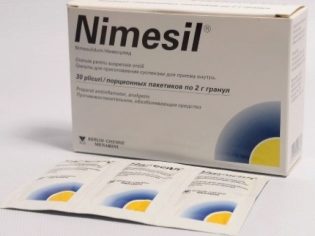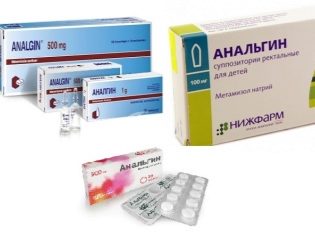Is it possible to give "Ketorol" to children?
"Ketorol" is often prescribed for adults with severe pain, but its use is limited in childhood. Not everyone knows at what age such a medicine can be given to a child, in what form it is used and how it affects the human body.
Release form and composition
Ketorol is represented by several dosage forms, but they have only one main ingredient, ketorolac. The medication is made:
- In tablets. They have a biconvex round shape and a green shell. They include ketorolac in the form of tromethamine at a dose of 10 mg per 1 tablet, MCC, hypromellose, lactose, dyes, corn starch and other substances. Tablets sell for 20 pieces per pack according to the recipe and store at room temperature up to 3 years from the date of manufacture. This form of "Ketorol" is not prescribed to children under 16 years of age.
- In the form of a 2% gel. One gram of such a translucent or transparent homogeneous mass contains 20 mg of active compound, supplemented with glycerol, propylene glycol, dimethyl sulfoxide and other substances. Such "Ketorol" is produced in tubes of 30 g each and is sometimes called an ointment. It is used only for local processing, bought without a prescription, and the shelf life of the gel is 2 years. Children this form of medication is prescribed from the age of 12
- In solution for injection. It is represented by a yellowish or colorless liquid in 1 ml ampoules, packaged in packs of 5-10 pieces. Each ampoule contains 30 mg of ketorolac, to which ethanol, sodium chloride, disodium edetate and some other auxiliary compounds are added. The shelf life of such drugs is 3 years, and a prescription is required to buy money at a pharmacy. In childhood, it is usually not prescribed. Injections are given to adults both intramuscularly and into the vein.
How does it work and when is it applied?
Ketorolac has pain reliever an action that is superior in strength to most other nonsteroidal anti-inflammatory drugs. The reason for the analgesic effect when taking Ketorol is the ability of its active substance to block the formation of compounds, which cause pain and inflammation (prostaglandins) is activated. That is why Ketorol is most often used for pain syndrome, although, like other drugs from the NSAID group, it has an anti-inflammatory and some antipyretic effect.
The drug is in demand after surgery, since most patients after surgical treatment suffer from severe pain. In addition, he is appointed:
- dislocation, distension, fracture and other trauma;
- with neuralgia;
- with toothache;
- with muscle pain;
- with arthralgia;
- with cancer pathology.
Contraindications
"Ketorol" is not appointed:
- with intolerance to any of its components;
- in inflammatory or ulcerative lesions of the digestive tract;
- with severe abdominal pain (this may interfere with proper diagnosis and timely treatment);
- headache (the medication is considered too strong for this type of pain);
- with problems with blood clotting;
- in case of skin damage (it is forbidden to use gel);
- severe liver disease;
- with serious allergic diseases;
- with renal failure;
- with simultaneous use of anticoagulants, aspirin, thrombolytics, cephalosporins and many other drugs;
- with hyperkalemia and in some other cases.
Side effects
One of the reasons why Ketorol is not used in childhood is its frequent side effects, including abdominal pain, constipation, nausea, stomatitis, kidney damage, bronchospasm, nosebleeds, drowsiness, and other negative symptoms. Due to the high risk of their occurrence, ketorolac-containing products are prescribed with caution even by an adult.
When processing the gel can appear negative local reactions in the form of flaking of the skin, rash or severe itching. If they arise, the application of the drug should be abandoned and consult a doctor to replace treatment.
Instructions for use
"Ketorol" tablets taken as needed when the patient is worried about severe pain. A single dose of medication at the age of 16 years and older is one tablet. If a single dose does not relieve the pain, then the pill can be re-drunk. In this case, the drug should not be drunk more than 4 times a day and longer than 5 days in a row.
Gel "Ketorol" children over 12 years old are applied with injuries, pains in the joints, muscles or neuralgia with a thin layer up to 4 times a day. The preparation is treated with clean skin (washed and dried, without damage) - only in the place of maximum pain. For one treatment, use a strip of gel with a length of 1 to 2 cm. The duration of treatment with this form should not exceed 10 days.
Analogs
The replacement can be other drugs Ketorolaka - for example, "Ketanov, Dolak, Ketokam or Ketalgin.
However, all these remedies have contraindications for children, so when you have pain in a child, pain medication is often prescribed with other active compounds, for example:
- "Nurofen". Such a drug containing ibuprofen is allowed from the age of three months. For the youngest children, he is discharged in suspension or rectal suppositories, and for patients over 6 years old - in pills.
- "Paracetamol". Such a drug is considered the safest for children and is prescribed to infants older than 1 month. It is produced in various forms (candles, syrup, tablets, suspension) and is more often used at high temperatures, but is often recommended for children with dental or other pain.
- «Nimesil». This medication in the form of granules, packaged in portion bags, is used from 12 years of age. It effectively eliminates pain and helps reduce inflammation.
- "Analgin". Such a remedy is tried to be prescribed to children less frequently, but in case of emergency with pain or fever, it can be used both in injections (from 3 months) and in candles (from 1 year) or tablets (from 6 years).
At the same time, parents need to remember that any drug with an analgesic effect only briefly eliminates the pain, but does not affect the cause of the pain. In addition, pain relief sometimes makes it difficult to start treatment on time, which leads to complications. And therefore, in case of severe pain in a child, it is not necessary to give him any drugs before consulting a doctor.
For more information about painkillers, see Dr. Komarovsky’s program.

